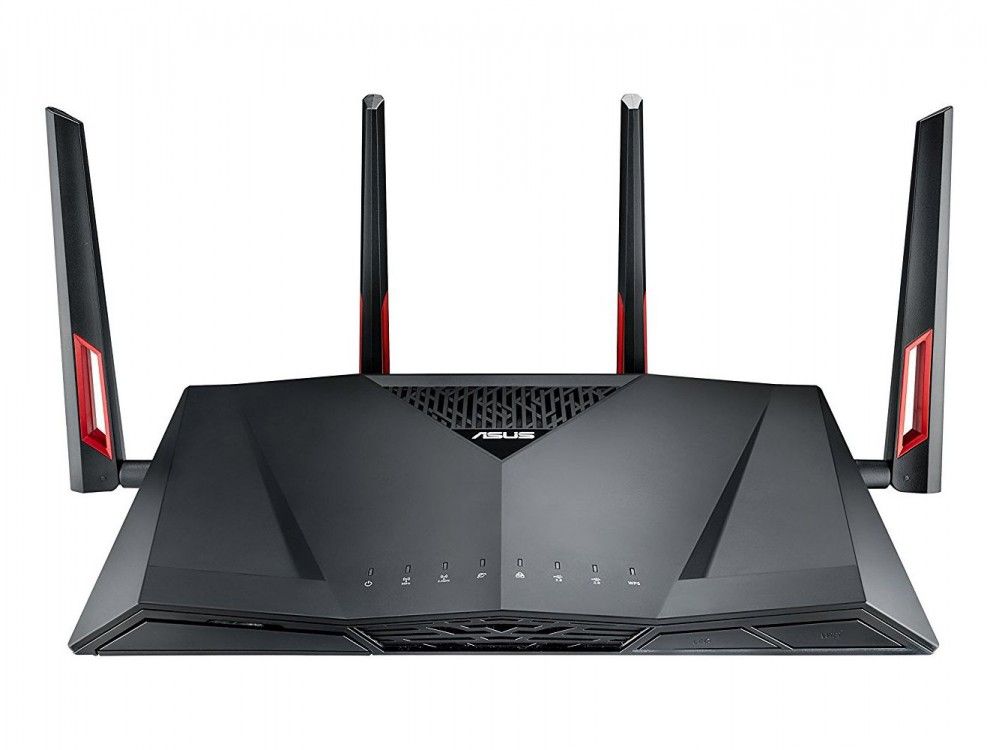Setting up a wireless router is not as simple as buying and connecting it to your modem. Explore how to set up your router for the best performance.
People often think setting up a router is as simple as buying and unboxing the best one you can find. Unfortunately, these are also the same people who experience the most problems with their Wi-Fi router. They often end up blaming their provider for poor service. Or in my mother's case, throw a tantrum on the Spectrum mobile bill pay number, when in fact it is the way they set up their home Wi-Fi which is the problem. Remember, setting up and optimizing a router isn’t as simple as taking it out and making sure everything is connected. You may not even be aware that your router is limiting your network security and performance. This blog explores how you can set up your Wi-FI router for optimized performance.
Finding a Good Spot For Setting Up Your Router
The first step on the way to better Wi-Fi performance is choosing the best spot to place your router. It is good practice to find a nice, open spot as close to the center of your home as possible. This ensures that your router can cover as much area in your home as possible. However, walls, floors, and other obstructions will affect Wi-Fi quality in different parts of your home. The more obstructions between a device and a router, the wireless signal gets. Poor or weak signals often translate into slower speeds.
Once you have a spot in mind, connect your Wi-Fi router to your internet modem with an Ethernet cable. Remember that the cable should go into the WAN port, and not any of the LAN ports. Once the WAN port of your router and the Ethernet port on your router are connected together, you’re ready to connect to the internet. Remember to connect the router to a power outlet. However, there are several other steps if you want the best performance from your home network.
The Right Way To Configure Your Router
You can configure most modern routers using nothing more than your smartphone. Most manufacturers have their own app to help you set up specific models made by them. However, others may not be so easy to configure. You may have to do so using a dedicated website you can navigate to in your browser’s search bar.
The very first step is to create a username and password for your network. This prevents unauthorized access and ensures only people who know the password can connect to your home Wi-Fi. The next steps involve configuring the router’s settings for the best performance. The configuration paths are different for each router, so reading your owner’s manual would be a good idea.
However, many routers also come with a smart setup wizard that can help you configure your network with ease. You can also use the WPS button on most routers to connect Android or Windows devices without sharing your password. Most routers also come with an auto setting for configuration. This usually takes care of the whole process automatically.
Selecting Between 5GHz and 2.4GHz Bands
5GHz connections are usually recognized as being faster with better performance. Unfortunately, since they’re broadcasting on a higher frequency, they also have a shorter range than 2.4GHz signals. 5GHz signals have difficulty in traveling through obstacles that can limit coverage in certain parts of your home. However, while 2.4 GHz signals have more range, they also have more network congestion since most devices use that band by default. A 2.4GHz band also has fewer channels to choose from. If you aren’t sure which band would work best for you, you can always set your router to “auto”. This will allow your router to automatically choose the best band for the best performance.
Advanced Wi-Fi Router Settings
The above steps are the most that you can do with a standard router. Unless of course, you’re ready to dive into the advanced settings on your router. These settings allow you to configure many advanced features on your router for better performance. A good example is the QoS or Quality of Service setting. This is an especially useful setting for people who use their home network for online entertainment. This setting allows you to prioritize traffic for certain services like gaming or streaming.
You also have the option to prioritize bandwidth usage for specific devices on your network. This is useful when you have multiple users on your home network, some of whom are streaming, others are playing games, while a few are browsing to see what channels does spectrum offer n your area.
Advanced settings also allow you the option to set up a guest network. This is extremely helpful when you want to limit access to the files and data on your home network. That’s not to mention the traffic monitoring settings that modern routers come with. These settings allow you to see incoming and outgoing traffic on your network. With the traffic monitor, you can limit downloads and uploads, as well as see which devices are consuming the most bandwidth. That way, you can tell if your online streaming activities are getting more time than your cable plan. If so, you can consider opting for a better plan with more bandwidth so you can stream even more.
Your router will have a huge impact on your internet experience. So don’t take it too lightly.





